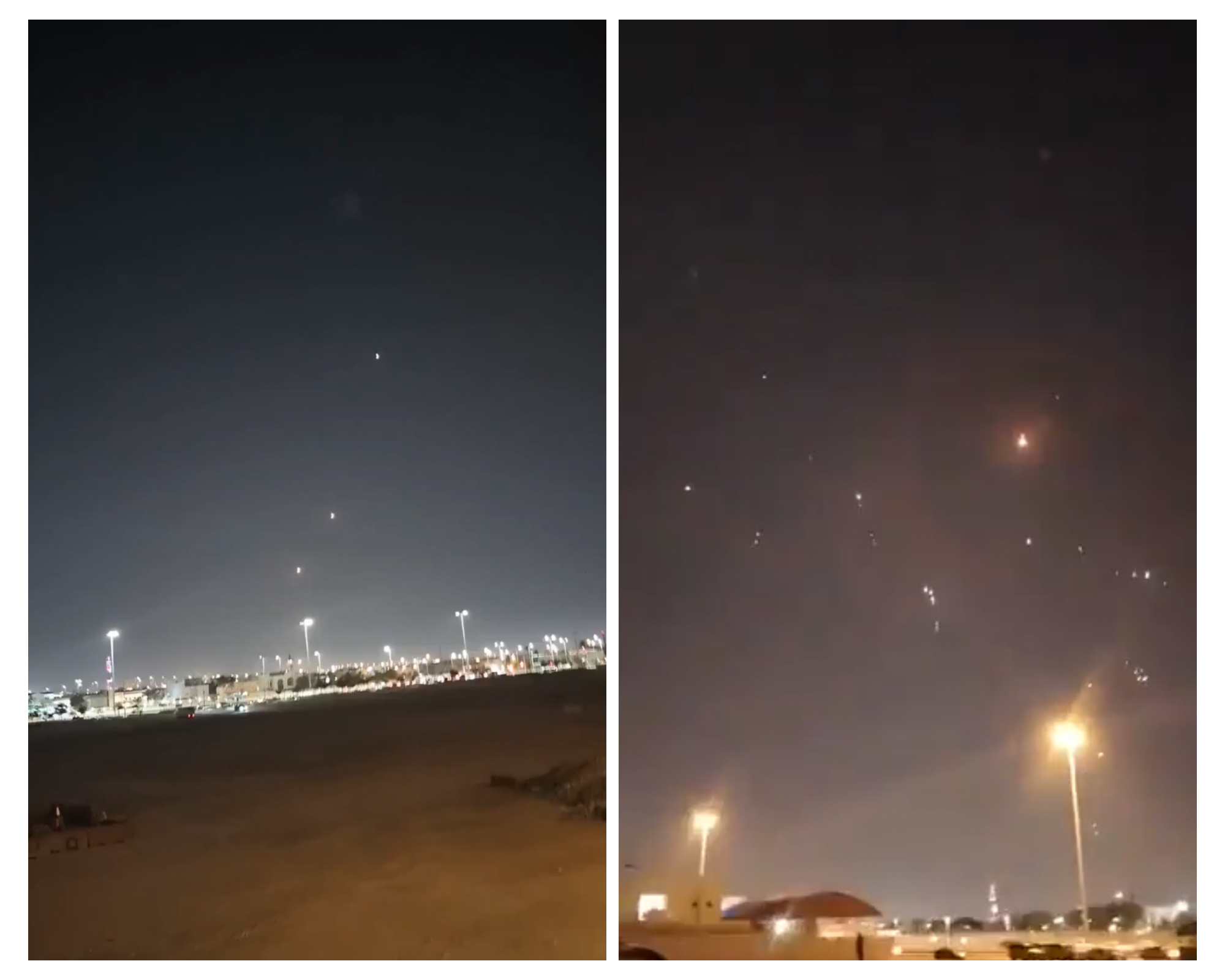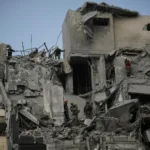Introduction
The Al Udeid Air Base Qatar, America’s largest military installation in the Middle East, has come under attack amid escalating tensions between the United States and Iran. Following US air strikes on Iran’s underground nuclear facilities, Tehran launched a retaliatory missile barrage targeting Al Udeid Air Base Qatar, raising serious questions about the vulnerability of US forces in the region and the strategic role this base plays in global military operations.
What is Al Udeid Air Base?

Located southwest of Doha, Qatar’s capital, Al Udeid Air Base was established in 1996 and spans 24 hectares (60 acres) of desert. It serves as the forward headquarters of US Central Command (CENTCOM), directing American military operations across a vast region from Egypt to Kazakhstan.
The base houses approximately 10,000 troops, including personnel from the US Air Force, Qatar Emiri Air Force, United Kingdom’s Royal Air Force, and other allied forces. Its long, well-maintained runways enable rapid deployment, making it an essential component of US force projection capabilities Al Udeid Air Base Qatar.
According to The Hill, Qatar has invested over $8 billion into upgrading Al Udeid, keeping it at the forefront of military readiness while significantly reducing costs for US taxpayers.
Al Udeid’s Role in Global Operations
Over the years, Al Udeid has played a crucial role in multiple military campaigns, including:
- Operations in Iraq and Afghanistan
- The 2021 evacuation of Kabul
- Counterterrorism and humanitarian missions worldwide
Its strategic location — just 190 km (120 miles) from Iran — underscores its importance in any potential conflict involving Tehran.

Why is Al Udeid in the News?
On June 23, 2025, following US strikes on Iran’s nuclear sites, Tehran warned that US military installations across the region could become targets. That evening, explosions were heard over Doha as Iranian missiles targeted Al Udeid Air Base Qatar. Fortunately, Qatar’s advanced air defenses successfully intercepted the incoming missiles, preventing casualties and major damage.
Qatar’s Foreign Ministry temporarily closed its airspace earlier that day, citing credible intelligence of an imminent threat, while US and UK embassies instructed their citizens to shelter in place.
Was Al Udeid Prepared for Iran’s Attack?
In the days leading up to the attack, the US military appeared to have anticipated potential Iranian retaliation. Satellite images analyzed by Planet Labs PBC showed a significant reduction in aircraft on the tarmac.
On June 5, nearly 40 military aircraft, including transport planes and reconnaissance aircraft, were parked openly at Al Udeid. By June 19, satellite imagery revealed that only three aircraft remained outside, as most non-hardened assets were moved to secure locations.
Additionally, US Navy vessels were relocated from Bahrain, home to the US Fifth Fleet, as part of broader “force protection” measures to safeguard personnel and equipment.

Was Al Udeid Used in the US Strikes on Iran?
Interestingly, Al Udeid was not directly involved in the recent US offensive against Iranian nuclear sites. According to the Pentagon, seven B-2 stealth bombers took off directly from Whiteman Air Force Base in Missouri, flying across the Atlantic to strike Iranian targets. The move was a deliberate ruse to mislead observers, who believed bombers were headed for Guam.
This strategic deception allowed the US to carry out its strike without utilizing any of its Middle Eastern bases, reducing vulnerability to Iranian counterstrikes.
Qatar’s Response to the Iranian Attack
Despite maintaining cordial relations with Iran, Qatar strongly condemned the missile attack. Majed Al-Ansari, spokesman for Qatar’s Foreign Ministry, stated:
“We express the State of Qatar’s strong condemnation of the attack on Al Udeid Air Base by the Iranian Revolutionary Guard Corps, and consider it a flagrant violation of the State of Qatar’s sovereignty and airspace, as well as of international law.”
At the same time, Qatar had earlier criticized the US strikes on Iran’s nuclear sites, underscoring the delicate diplomatic balancing act Doha faces as a regional mediator.
Strategic Implications of the Attack
The attack on Al Udeid highlights several critical issues:
- The vulnerability of US military assets even in seemingly secure Gulf states
- The growing reach of Iran’s missile capabilities
- The risk of broader regional escalation involving multiple US allies

While the temporary ceasefire between Israel and Iran may ease tensions, the situation remains highly volatile. Al Udeid’s role as a strategic hub ensures it will remain central to US operations in the Middle East for years to come — and a prime target in any future conflict.
Conclusion
As the Middle East continues to simmer, the events surrounding Al Udeid Air Base serve as a stark reminder of the complex and dangerous dynamics at play. The base’s strategic importance makes it both an asset and a potential liability as US-Iran tensions continue to unfold, with the entire region watching closely.
External Reference
Image










